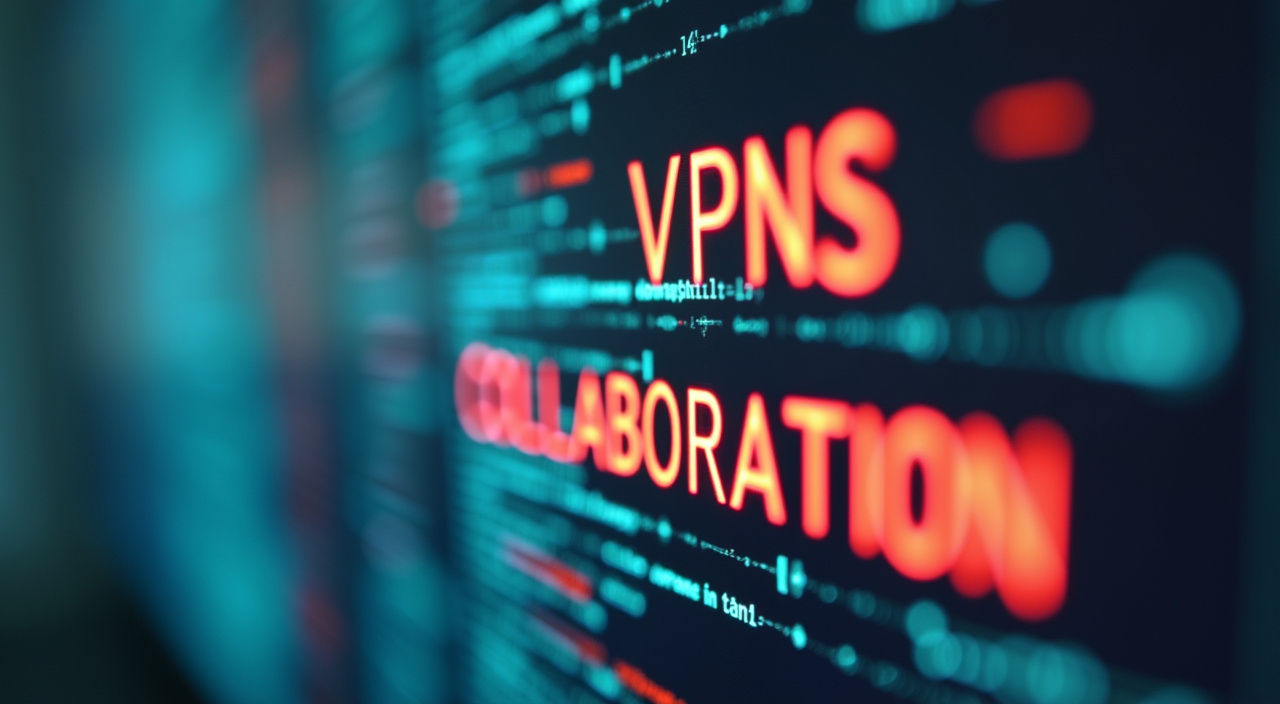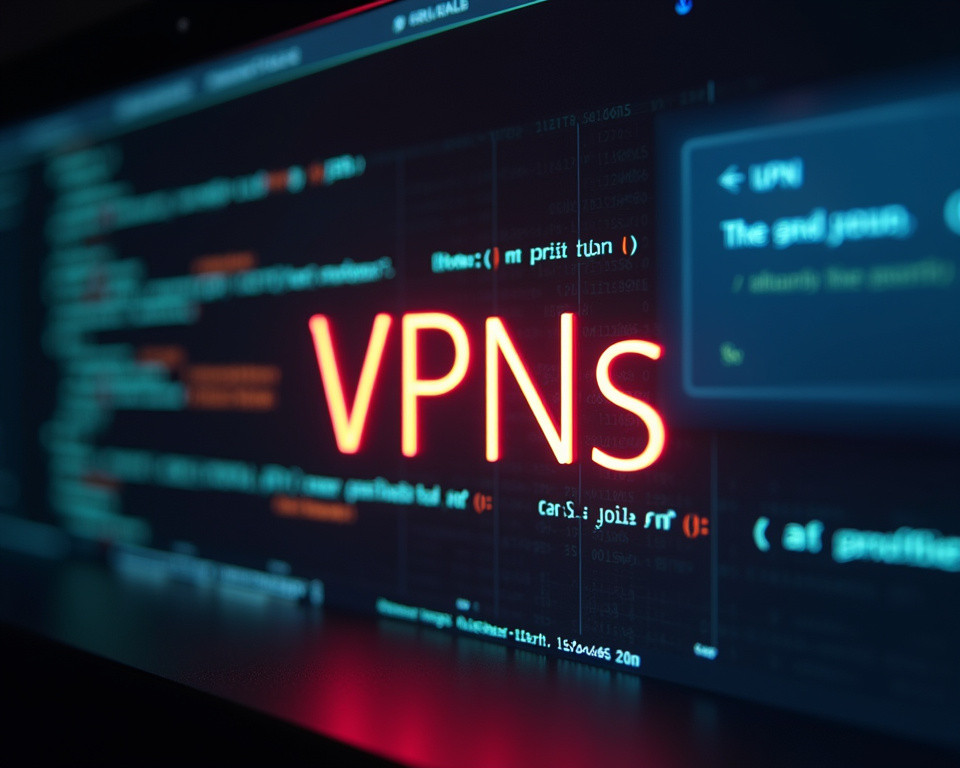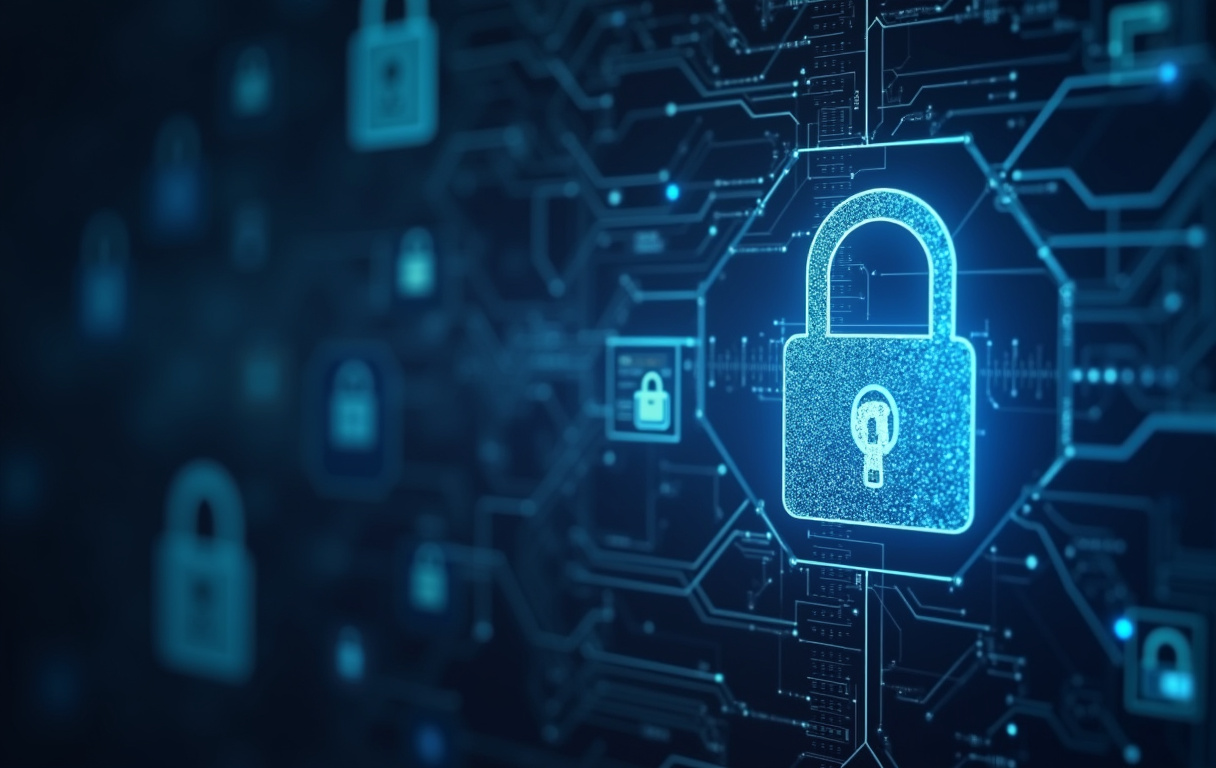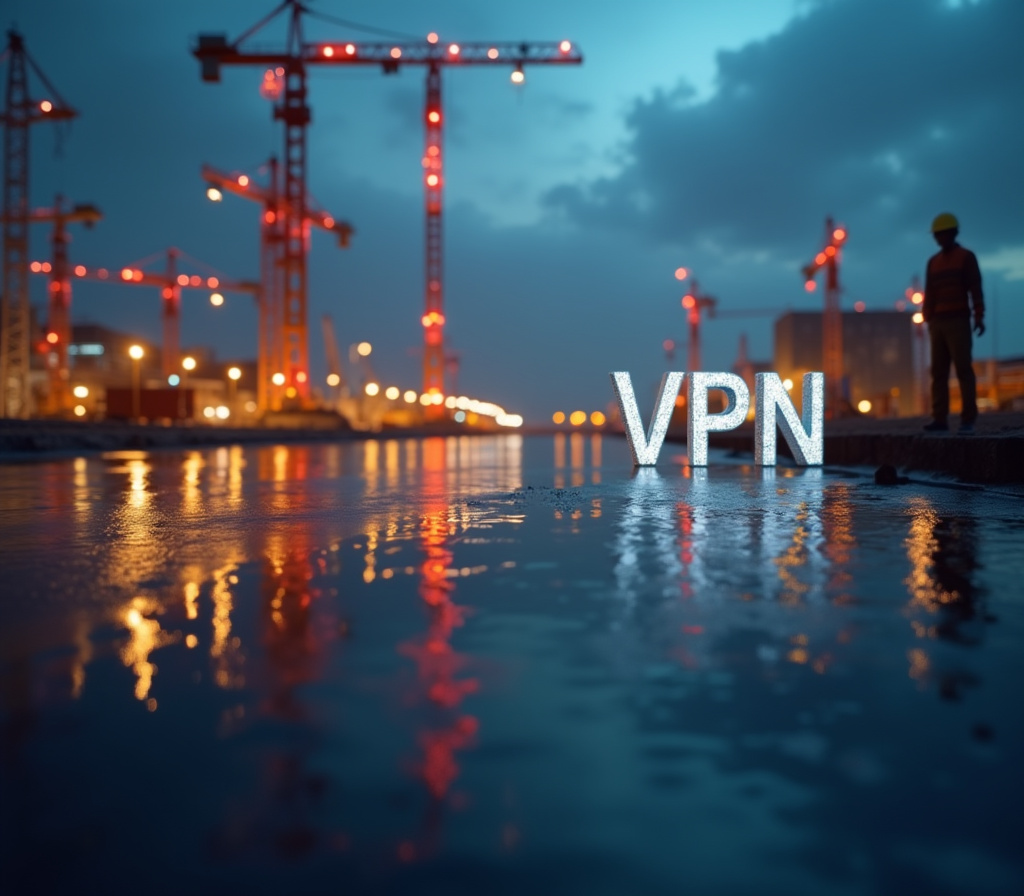VPNs for DIY Enthusiast Groups: Protecting Project Collaborations
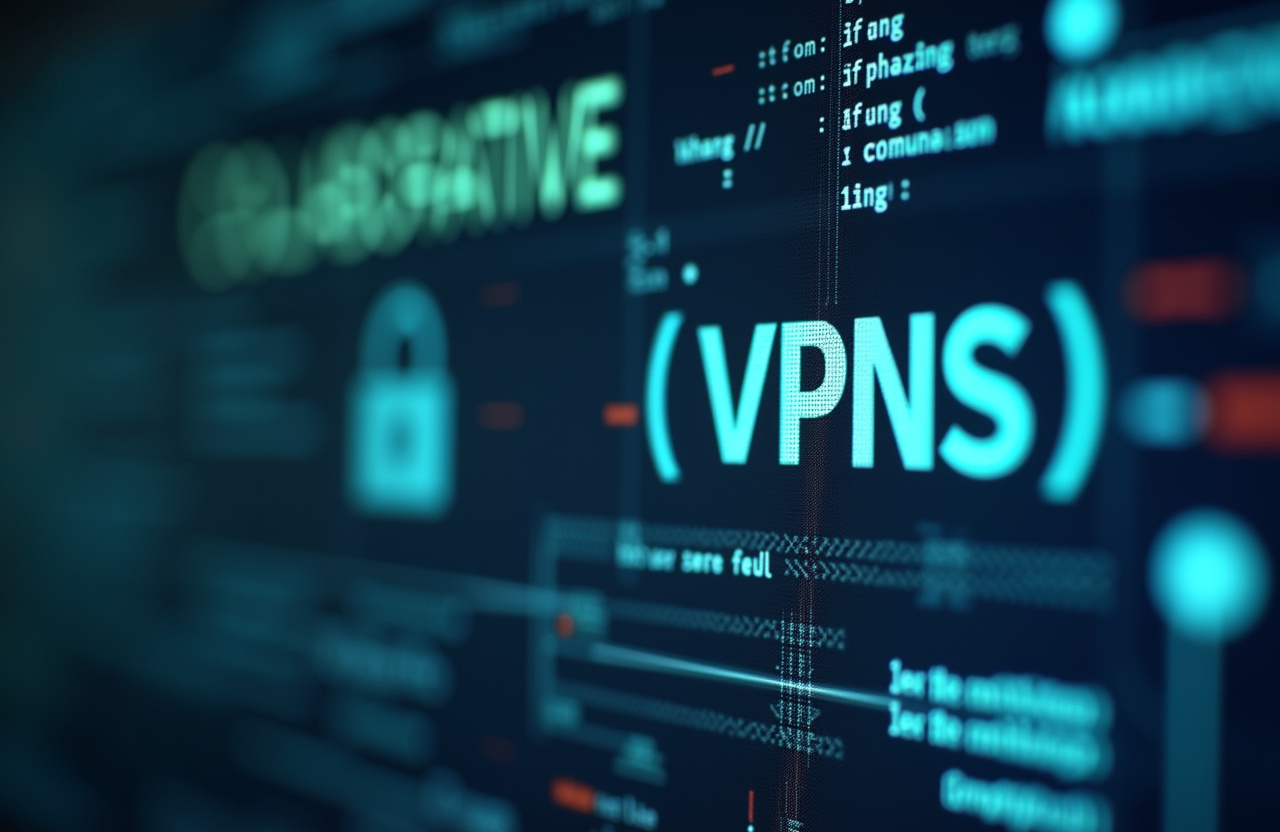
Table of Contents
Securing DIY Creativity: The VPN Imperative
The digital age has ushered in a new era of collaboration for DIY (Do-It-Yourself) enthusiast groups. Geographical boundaries have blurred, enabling members to connect, brainstorm, and jointly execute projects from every corner of the globe. This unprecedented level of connectivity, while undeniably empowering, introduces a complex web of security challenges that must be addressed to protect sensitive information, nurture creative integrity, and foster a secure environment for innovation.
DIY groups frequently handle confidential data, including groundbreaking designs, proprietary methodologies, and the personal details of their members. Safeguarding this information against unauthorized access, alteration, or outright theft is paramount for maintaining the group's reputation, cultivating trust among members, and ensuring the artistic integrity of their collaborative endeavors. A powerful tool in creating a secure digital workspace for these groups is the implementation of a VPN, or Virtual Private Network, allowing members to collaborate with confidence and peace of mind.
Essentially, a DIY group VPN functions as a secure, encrypted conduit for all online activities, effectively shielding data from potential eavesdroppers and guaranteeing that communications remain private and confidential. This is especially critical for groups engaged in projects with commercial value or those who simply prioritize the privacy of their shared creations. The advantages extend beyond mere data encryption.
A meticulously configured DIY group VPN can also enhance anonymity, provide robust protection against malware threats, and circumvent censorship, enabling DIY groups to explore new ideas and access valuable resources unhindered. The key to deploying an effective DIY group VPN lies in thoroughly assessing the specific requirements of the group and selecting a solution that provides the optimal blend of strong security, high performance, and user-friendly operation. The importance of protecting intellectual property within these collaborations cannot be overstated.
Imagine, for instance, a group collaborative designing and developing a revolutionary 3D printer. Members will share confidential schematics, highly specialized software code, and detailed technical documentation. Without adequate security protections, this invaluable information becomes vulnerable to interception and theft by competitors, potentially leading to significant financial repercussions and stifling further innovation and advancement.
A robust VPN can deliver a strong defence against such threats, ensuring that only properly authorized persons can gain access to, and modify project files. The VPN creates encrypted tunnels that act as a barrier between the group's data and the outside world. Additionally, it is equally important to consider internal threats to the group as external attacks.
A disgruntled or malicious member of the group, for example, could try to intentionally sabotage a project, maliciously modify plans, or divulging confidential proprietary information to unauthorized parties. A DIY group VPN is not a complete solution, but it can provide some level of protection against these threats by logging any access and monitoring network activity. This allows the group to track which accounts have accessed files and data making it is more difficult for individuals to operate anonymously.
The group should have policies in place which prevent the access to such sensitive material, while also placing a high degree of security around the most sensitive areas. The focus on DIY project security should therefore be holistic, taking into account both external threats and internal vulnerabilities. The use of a DIY group VPN with clearly defined security policies, can create an environment that encourages innovation and creativity whilst also safeguarding the sensitive data owned by the group.
A secure DIY collaboration can reinforce customer relationships, can deliver robust protection from internal or external threats, and ensure the success of projects that rely on the expertise of its members. Therefore, the overall success of many group projects, relies on how secure its overall operations ultimately are. The selection of a VPN should take into account a variety of considerations, including how large the group is, the complexity of the group projects, and the level of security required to keep information secure.
Enhancing Project Data Protection with VPNs
Selecting the right VPN for a DIY enthusiast group involves careful consideration of several key factors, including security protocols, server locations, bandwidth limitations, and ease of use. One of the most important aspects is the strength of the encryption used by the VPN. Look for platforms that employ robust encryption algorithms, such as Advanced Encryption Standard (AES) with a 256-bit key, which is widely considered to be virtually unbreakable.
This level of encryption ensures that all data transmitted through the VPN tunnel remains confidential and protected from unauthorized access. In addition to encryption, the VPN should also offer a variety of security protocols, such as OpenVPN, IKEv2/IPsec, and WireGuard. Each protocol has its own strengths and weaknesses, and the best choice will depend on the specific needs of the DIY group.
OpenVPN is a widely used open-source protocol known for its strong security and flexibility. IKEv2/IPsec is another popular option that provides a good balance of security and performance, while WireGuard is a newer protocol that is gaining popularity due to its speed and efficiency. Server location is another important consideration, especially for DIY groups with members located in different regions.
The VPN should have servers located in countries where the group's members are located, as this will help to minimize latency and improve connection speeds. Additionally, having servers in multiple countries can provide access to geo-restricted content and allow members to bypass censorship. Bandwidth limitations can be a major issue for DIY groups, especially those who regularly share large files, such as CAD drawings, 3D models, and video tutorials.
Choose a VPN that offers unlimited bandwidth or has generous bandwidth allowances to avoid slowdowns and ensure that members can collaborate without interruption. Ease of use is also crucial, especially for DIY groups with members who may not be technically savvy. The VPN should be easy to install, configure, and use, with a user-friendly interface and clear instructions.
Look for platforms that offer dedicated apps for different operating systems, such as Windows, macOS, Android, and iOS, to ensure that members can connect to the VPN from any device. Beyond these core features, consider additional security measures, such as a kill switch, which automatically disconnects the internet connection if the VPN connection drops, preventing unencrypted data from being transmitted. DNS leak protection is also important, as it prevents DNS requests from being routed through the ISP's servers, which could reveal the user's location.
Choosing a VPN that keeps no logs is also beneficial, as it ensures that the VPN provider does not store any information about the user's online activity. This can be particularly important for DIY groups working on sensitive projects that require a high level of privacy. Finally, evaluate the customer support offered by the VPN provider.
Look for platforms that offer 24/7 customer support via email, chat, or phone, to ensure that members can get help quickly if they encounter any issues. Project security is not just about technology, it's also about policies. Educate members about basic security hygiene, such as using strong passwords, avoiding suspicious links, and keeping their software up to date.
By combining a robust VPN with sound security practices, DIY enthusiast groups can create a safe and secure environment for collaboration and innovation. The selection of VPN should involve an assessment of the security, the level of anonymity required, and the customer services in the event of a problem. The DIY group should have a set of minimum requirements for any VPN, as this would allow the selection process to follow well defined rules.
This will enable the selection of any VPN to be clear to all members, therefore providing a high level of confidence. The training of the DIY group members is extremely important, in order to ensure that the levels of security awareness is uniformly high among all members. Each of these factors must be considered if a proper security policy can be successful implemented.
Collaboration protection within DIY enthusiast groups extends beyond simply securing the network connection. It involves implementing a comprehensive security strategy that addresses various potential vulnerabilities and promotes a culture of security awareness. One crucial aspect of collaboration protection is establishing clear access control policies.
These policies should define who has access to specific project files, resources, and communication channels. Implement a role-based access control system, where members are assigned different roles based on their responsibilities and expertise, and their access rights are determined accordingly. This minimizes the risk of unauthorized access and prevents accidental or intentional data breaches.
Regularly review and update access control policies to reflect changes in project requirements and member roles. Another important element is secure file sharing. DIY groups often exchange sensitive project files, such as designs, code, and technical specifications.
Avoid using insecure file sharing methods, such as email attachments or public cloud storage services, which are vulnerable to interception and unauthorized access. Instead, opt for secure file sharing platforms that offer encryption, access controls, and versioning. Ensure that all files are encrypted both in transit and at rest, and that only authorized members can access and modify them.
Versioning allows you to track changes to files and revert to previous versions if necessary, providing a safety net against accidental or malicious data corruption. Secure communication is equally critical. DIY groups rely on various communication channels, such as email, messaging apps, and video conferencing, to coordinate their activities.
Use end-to-end encrypted communication platforms that prevent eavesdropping and ensure that only the intended recipients can read the messages. Avoid discussing sensitive project details over unencrypted channels, such as public Wi-Fi networks. Train members to recognize and avoid phishing attacks, which are a common method used by attackers to steal credentials and gain access to sensitive information.
Regularly update passwords and use multi-factor authentication to add an extra layer of security to accounts. Creating a culture of security awareness is essential for fostering a secure collaboration environment. Regularly conduct security awareness training for all members, covering topics such as password security, phishing awareness, malware prevention, and data protection.
Emphasize the importance of following security policies and reporting suspected security incidents. Encourage members to ask questions and raise concerns about security issues. Make security a shared responsibility, where everyone is committed to protecting the group's data and resources.
Regularly assess the effectiveness of security measures and identify areas for improvement. Conduct vulnerability scans and penetration tests to identify weaknesses in the network infrastructure and applications. Implement a robust incident response plan to handle security breaches and data leaks effectively.
The incident response plan should outline the steps to take to contain the incident, investigate the cause, recover data, and prevent future incidents. Regularly test the incident response plan to ensure that it is effective and that members are familiar with their roles and responsibilities. Beyond these technical and procedural measures, consider the physical security of the devices used by members to access project data.
Implement policies regarding the use of personal devices for work purposes, and ensure that all devices are protected with strong passwords and up-to-date security software. Encourage members to be mindful of their surroundings when working on sensitive projects in public places, and to avoid leaving devices unattended or unlocked. By implementing a comprehensive security strategy that encompasses access controls, secure file sharing, secure communication, security awareness training, and physical security, DIY enthusiast groups can effectively protect their collaborative projects and ensure the creative integrity of their work.
Project security should evolve to meet the new threat landscape. Furthermore the creation of a regular assessment regime, will highlight vulnerabilities and enable the security to evolve. Regular testing can occur in a simulated environment to ensure the policies are effective.
VPN Protocols and Security Measures
Creative integrity is a crucial aspect of DIY enthusiast groups, as it directly impacts the quality, originality, and reputation of their collaborative projects. Protecting creative integrity involves safeguarding intellectual property rights, preventing plagiarism, and ensuring that all members are properly credited for their contributions. A VPN can play a significant role in protecting creative integrity by securing the communication channels and file sharing platforms used by the group.
This prevents unauthorized access to project files and reduces the risk of intellectual property theft. However, a VPN alone is not sufficient to fully protect creative integrity. It is essential to implement additional measures, such as copyright protection, licensing agreements, and clear attribution policies.
Copyright protection is a legal right that grants creators exclusive control over their original works, including designs, code, and documentation. Registering copyrights for significant projects can provide legal recourse in case of infringement. Licensing agreements define the terms and conditions under which others can use, modify, or distribute the group's creative works.
Choose appropriate licenses that balance the desire to share and collaborate with the need to protect intellectual property rights. Creative Commons licenses are a popular option for DIY groups, as they offer various levels of protection and allow creators to specify how their works can be used. Clear attribution policies are crucial for ensuring that all members receive proper credit for their contributions to collaborative projects.
Establish guidelines for attributing contributions and ensure that all members are aware of these guidelines. Use version control systems to track changes to files and identify the authors of specific contributions. In project documentation and presentations, clearly acknowledge the contributions of each member.
Preventing plagiarism is another important aspect of protecting creative integrity. Educate members about plagiarism and its consequences, and encourage them to cite sources properly. Use plagiarism detection tools to scan project files for instances of unauthorized copying.
Establish a zero-tolerance policy for plagiarism, and take disciplinary action against members who violate the policy. In addition to these measures, consider implementing a code of conduct that outlines ethical guidelines for collaboration and creative integrity. The code of conduct should emphasize the importance of respecting intellectual property rights, avoiding plagiarism, and giving proper credit to contributors.
Encourage members to report suspected violations of the code of conduct, and establish a fair and transparent process for investigating and resolving disputes. Fostering a culture of respect and ethical behavior is essential for maintaining creative integrity within the DIY group. Regularly discuss issues related to creative integrity and encourage members to share their perspectives and concerns.
Provide opportunities for members to learn about intellectual property law and best practices for protecting creative works. Celebrate originality and innovation, and recognize members who demonstrate a commitment to creative integrity. Protecting creative integrity also involves managing the group's online presence and reputation.
Monitor social media and online forums for instances of intellectual property infringement or negative comments about the group's projects. Respond promptly and professionally to any complaints or concerns. Establish a clear social media policy that outlines guidelines for online behavior and protects the group's reputation.
The policy should address issues such as intellectual property rights, confidentiality, and respectful communication. Protecting creative integrity is an ongoing process that requires vigilance, education, and a commitment to ethical behavior. By implementing a comprehensive strategy that encompasses copyright protection, licensing agreements, clear attribution policies, plagiarism prevention, a code of conduct, and online reputation management, DIY enthusiast groups can effectively safeguard their creative works and maintain their reputation for originality and innovation.
The DIY Group´s project must follow these guidelines to establish the correct path and improve customer relationships.
The Future of VPNs in Subscription Services
In conclusion, VPNs are a valuable asset for DIY enthusiast groups seeking to protect their project collaborations. By providing a secure, encrypted tunnel for online activities, VPNs help to safeguard sensitive data, prevent unauthorized access, and ensure the privacy of communications. However, a VPN is just one piece of the puzzle.
To truly protect project collaborations, DIY groups must implement a comprehensive security strategy that encompasses access controls, secure file sharing, secure communication, security awareness training, copyright protection, licensing agreements, clear attribution policies, plagiarism prevention, a code of conduct, and online reputation management. The specific needs of the DIY group should guide the selection of the VPN, ensuring the group can confidently follow its objectives, through a range of factors including the size of the group, the complexity of the projects, the sensitivity of the data, and the technical expertise of the members. Prioritize VPNs that offer strong encryption, a variety of security protocols, servers located in relevant regions, ample bandwidth, and a user-friendly interface.
Don't overlook additional security features such as a kill switch, DNS leak protection, and a no-logs policy. Remember that technology alone is not enough. Cultivate a culture of security awareness within the DIY group by providing regular training on security best practices, encouraging members to report suspected security incidents, and making security a shared responsibility.
Establish clear policies and procedures for access control, file sharing, communication, and attribution. Enforce these policies consistently and fairly. Regularly assess the effectiveness of security measures and adapt them as needed to address evolving threats and project requirements.
Protecting creative integrity is just as important as protecting data security. Implement measures to safeguard intellectual property rights, prevent plagiarism, and ensure that all members receive proper credit for their contributions. Consider registering copyrights for significant projects, using appropriate licensing agreements, and establishing clear attribution policies.
Promote ethical behavior within the DIY group by implementing a code of conduct that emphasizes respect for intellectual property rights and originality. Online reputation management is also crucial. Monitor social media and online forums for instances of intellectual property infringement or negative comments about the group's projects.
Respond promptly and professionally to any complaints or concerns. Establish a clear social media policy that protects the group's reputation. By following these recommendations, DIY enthusiast groups can create a safe, secure, and ethical environment for collaboration, fostering creativity, innovation, and the successful completion of their projects.
Embracing a holistic approach to security and creative integrity will not only protect the group's assets but also enhance its reputation, attract new members, and build trust with partners and stakeholders. The landscape of DIY projects has expanded through the creation of VPNs, enabling greater data security and protection of group member activity, the selection of a robust VPN solution is just the first step, that must be followed by robust planning and training across the entire DIY Group.
Stay Updated
Get the latest VPN news, tips, and exclusive deals to your inbox.

